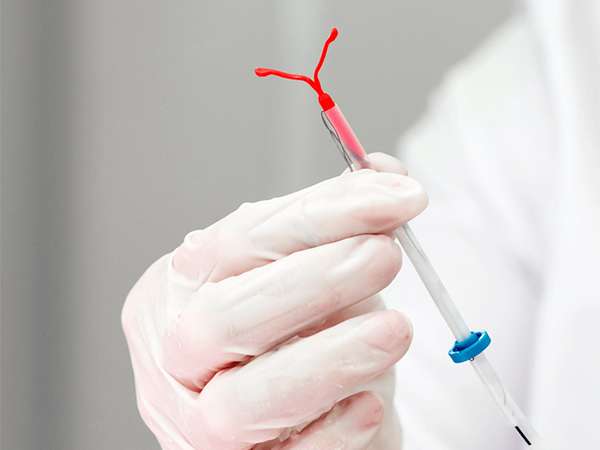IUCD & Mirena

Introduction
In the world of contraceptive options, Intrauterine Contraceptive Devices IUCD and Mirena stand out for their effectiveness and convenience. Understanding these methods is crucial for making informed decisions about reproductive health. This article will provide comprehensive information on IUCDs and Mirena, including their mechanisms, benefits, insertion processes, suitability, and common concerns.
What is an IUCD?
An IUCD, or intrauterine contraceptive device, is a small, T-shaped device inserted into the uterus to prevent pregnancy. There are two main types of IUCDs:
- Copper IUCD: Utilizes copper to induce an inflammatory reaction in the uterus, which is toxic to sperm. Common examples include ParaGard.
- Hormonal IUCD: Releases progestin hormone to thicken cervical mucus and inhibit sperm movement. Examples include Mirena, Skyla, and Liletta.
Both types are highly effective, but their mechanisms and additional benefits vary.
How IUCDs Work
IUCDs prevent pregnancy primarily through two mechanisms:
- Copper IUCD: The copper ions released create an inhospitable environment for sperm, reducing their motility and viability. This prevents sperm from fertilizing the egg.
- Hormonal IUCD: The progestin hormone thickens cervical mucus, creating a barrier that prevents sperm from entering the uterus. Additionally, it thins the uterine lining, making it less suitable for implantation.
IUCDs are over 99% effective, making them one of the most reliable forms of contraception.
What is Mirena?
Mirena is a specific type of hormonal IUCD that releases levonorgestrel, a form of progestin. It is inserted into the uterus and provides effective contraception for up to five years. Besides preventing pregnancy, Mirena is FDA-approved for treating heavy menstrual bleeding, making it a versatile option for many women.
How Mirena Works
Mirena works by releasing small amounts of levonorgestrel directly into the uterus. This hormone:
- Thickens cervical mucus: Prevents sperm from reaching the egg.
- Thins the uterine lining: Reduces the likelihood of implantation and helps treat heavy menstrual bleeding.
Benefits of IUCDs
IUCDs offer several advantages:
- Long-term contraception: Effective for 5-10 years, depending on the type.
- Reversibility: Fertility typically returns quickly after removal.
Benefits of Mirena
Mirena provides unique benefits, including:
- Dual function: Effective for contraception and reducing heavy menstrual bleeding.
- Long-term use: Effective for up to 5 years.
- Hormonal benefits: May reduce menstrual cramps and pain associated with endometriosis.
Insertion and Removal Process
- Insertion: Performed by a healthcare provider during a routine office visit. The procedure takes a few minutes. Some women experience cramping or discomfort during and after insertion.
- Removal: Also performed by a healthcare provider. The procedure is usually quick, with minor discomfort. Fertility returns rapidly after removal.
Suitability and Considerations
- Who can use them?: Most women, including those who have not had children, can use IUCDs and Mirena. However, suitability should be discussed with a healthcare provider, considering medical history and individual health conditions.